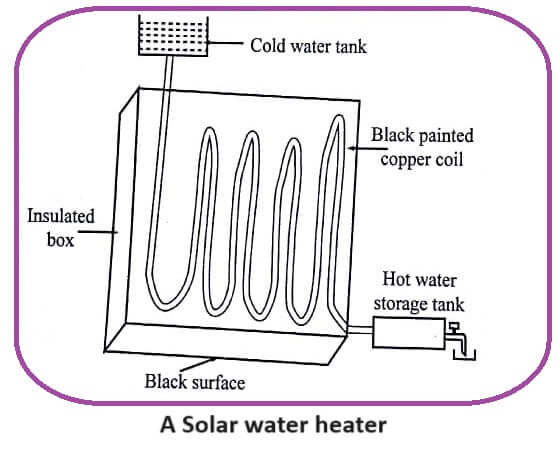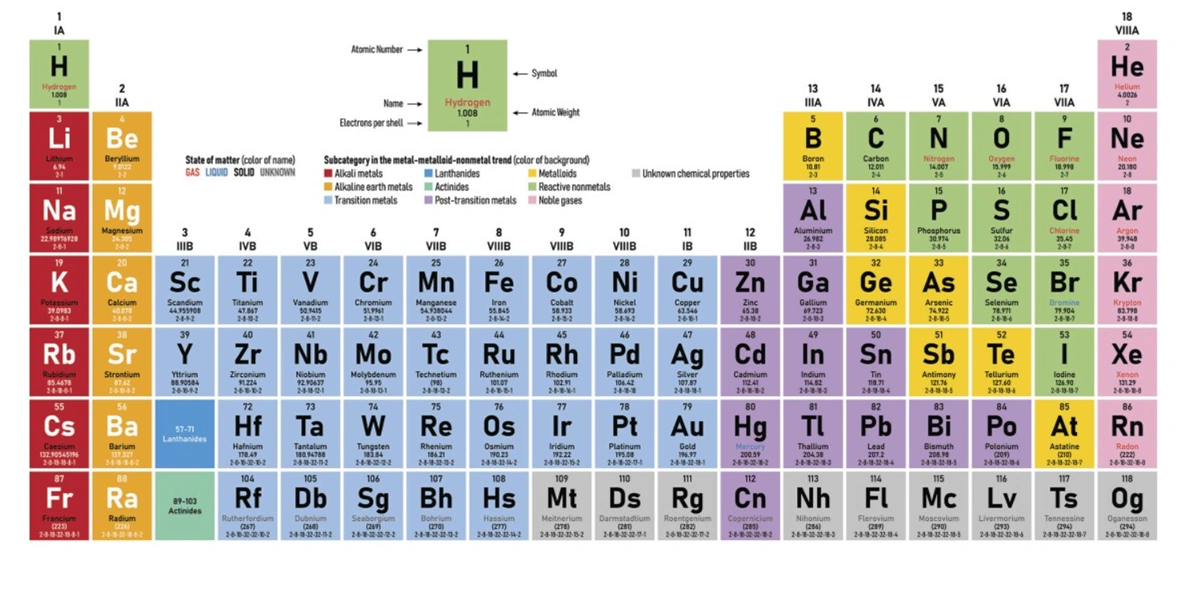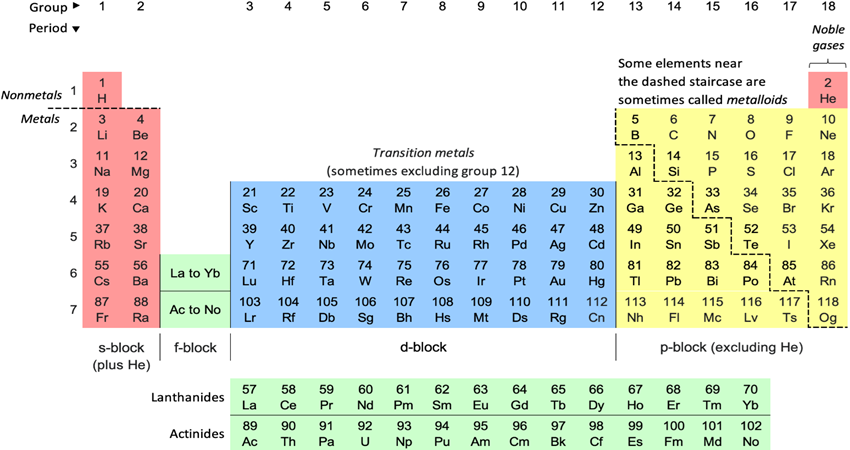Solar energy conversion or utilisation is the process of conversion of direct sunlight into more useful forms of energy. This solar energy conversion takes place by two methods.
- Thermal conversion
- Photo conversion
Thermal conversion
It involves the conversion of solar energy directly into thermal or heat energy.
Examples of thermal conversion
(a) Solar water heater
A solar water heater consists of a collector to collect solar energy and an insulated storage tank to store hot water.
The solar radiation is absorbed by collectors which consist of an insulated outer metallic box covered on the top with glass sheet. Inside there are blackened metallic absorber (selectively coated) sheets with built in channels or riser tubes to carry water.
The absorber absorbs the solar radiation and transfers the heat to the flowing water and is delivered to the storage tank.

(b) Solar cooker
Solar cooker uses the solar heat by reflecting the solar radiation using a mirror directly on the glass sheet which covers the black insulated box. This box contains the raw food materials.
The food cooked in a solar cooker is more nutritious due to slow heating. However, the direction of the cooker ha to be adjusted according to the direction of sun light.
(ii) Photo conversion
It involves the conversion of solar energy directly into electrical energy.
Eg., Photogalvanic cell or voltaic cell or solar cell.
| Read More Topics |
| Light water reactor nuclear power plant |
| Definition of nuclear reactor |
| Nuclear energy advantages and disadvantages |





